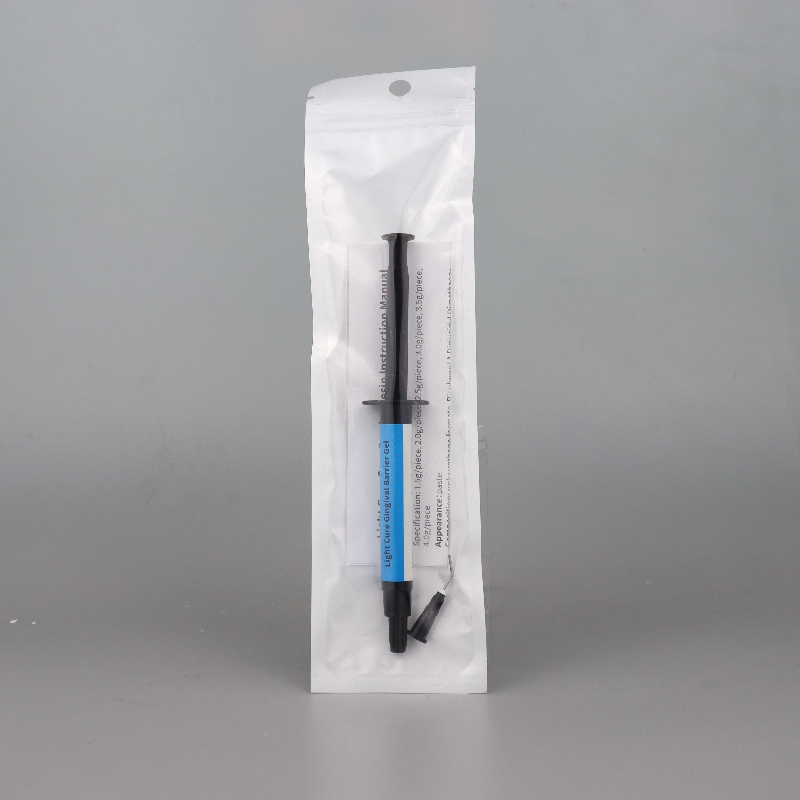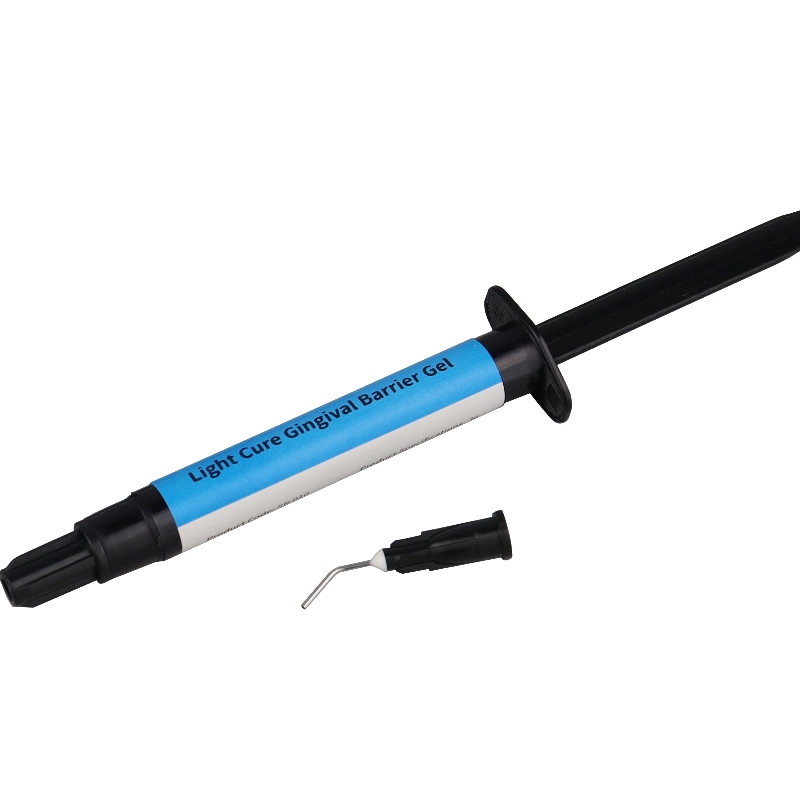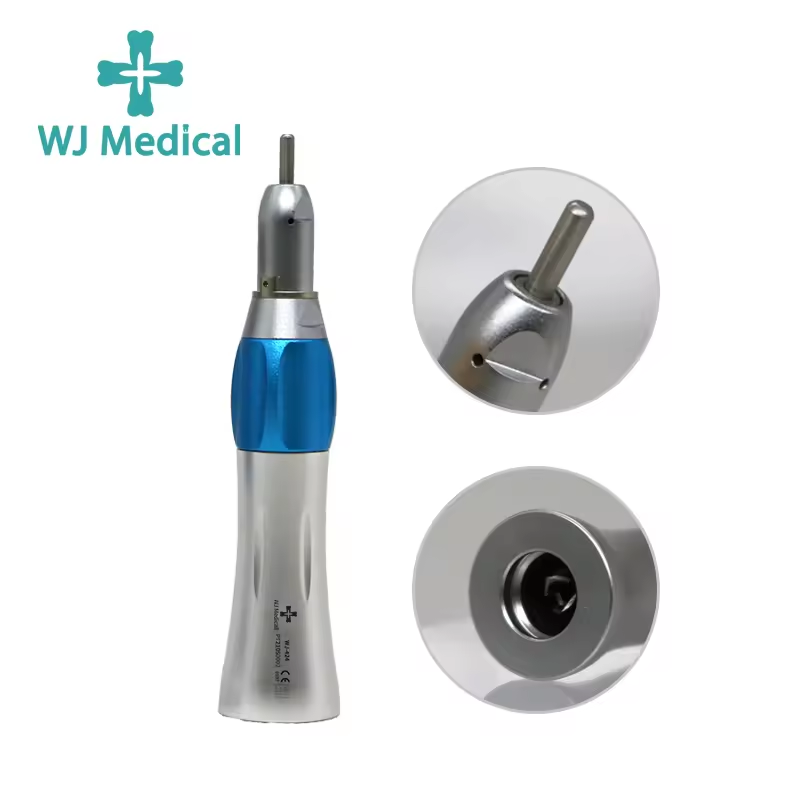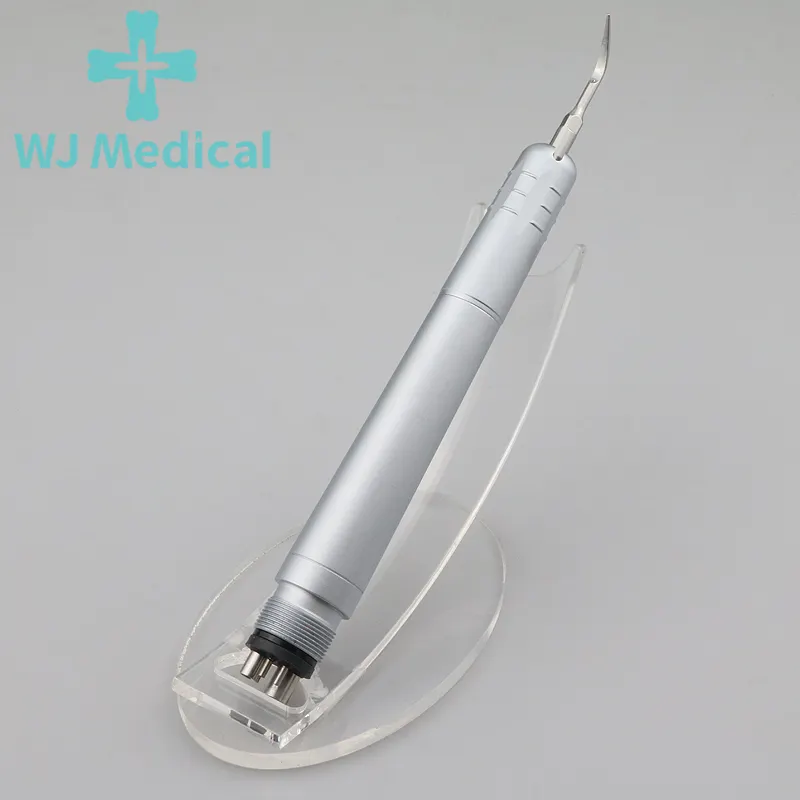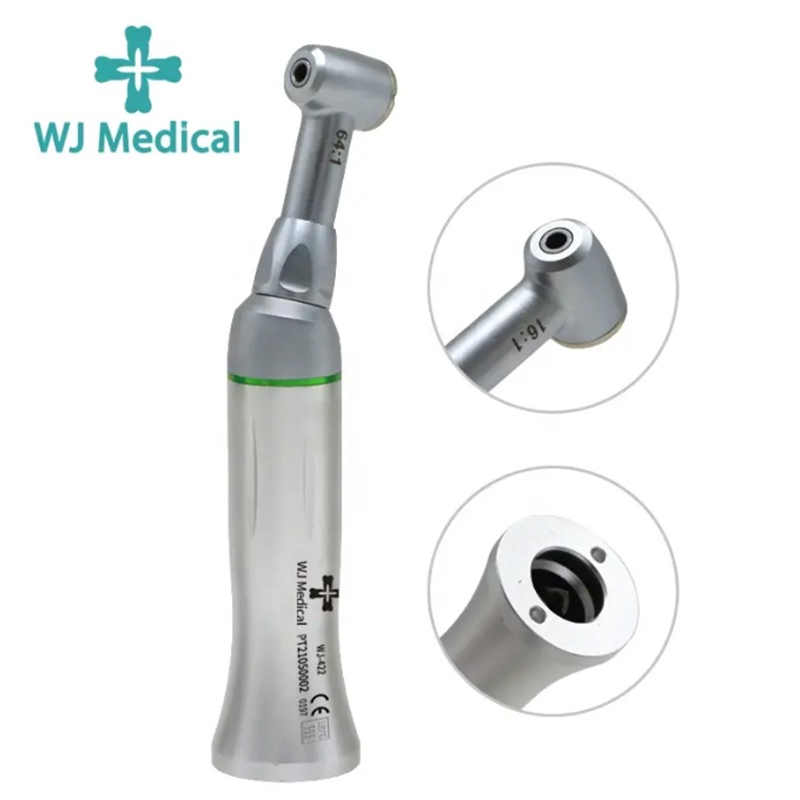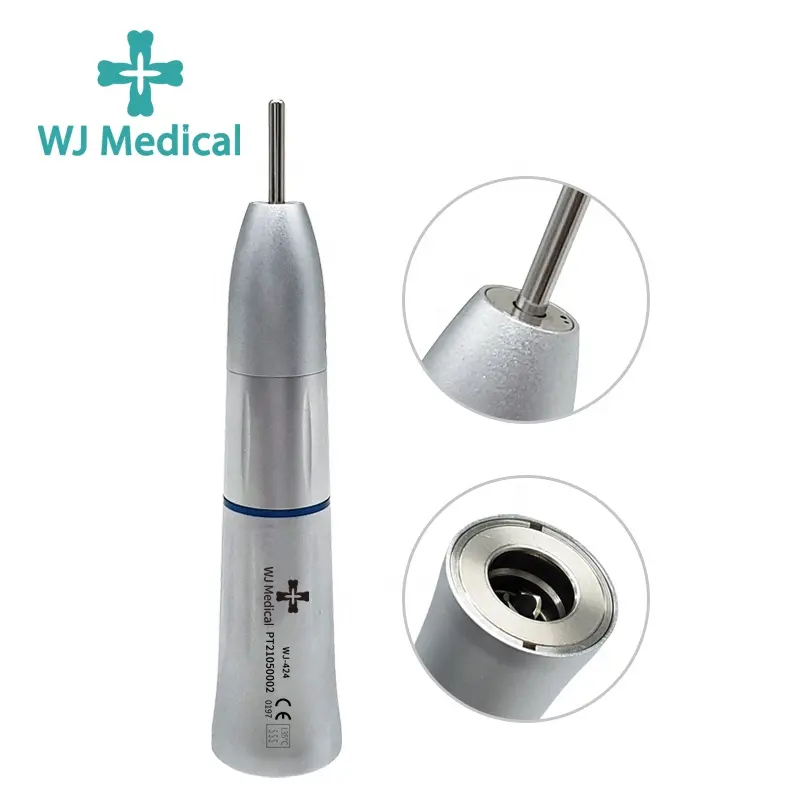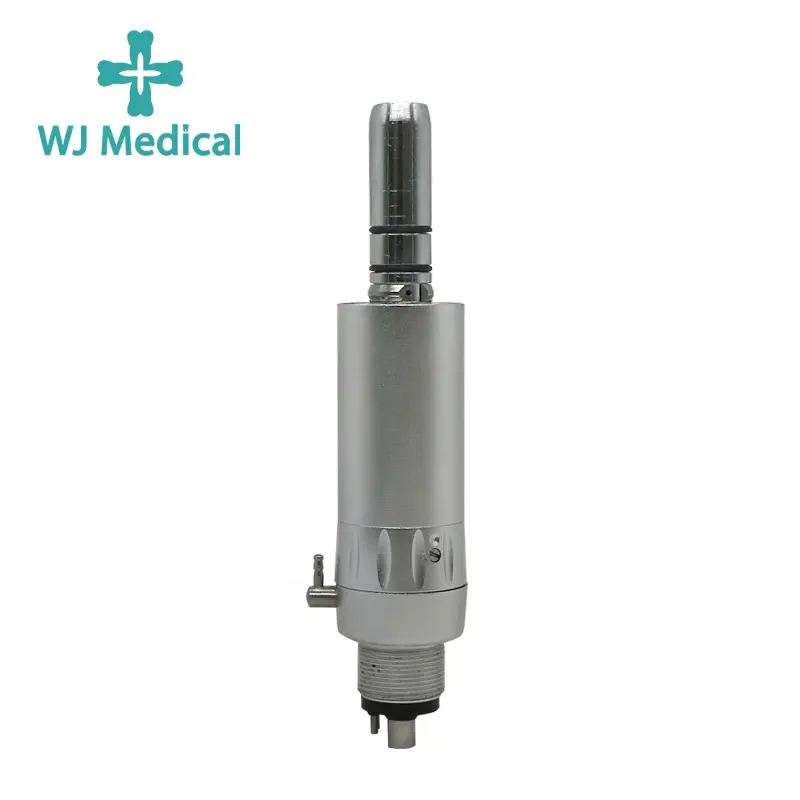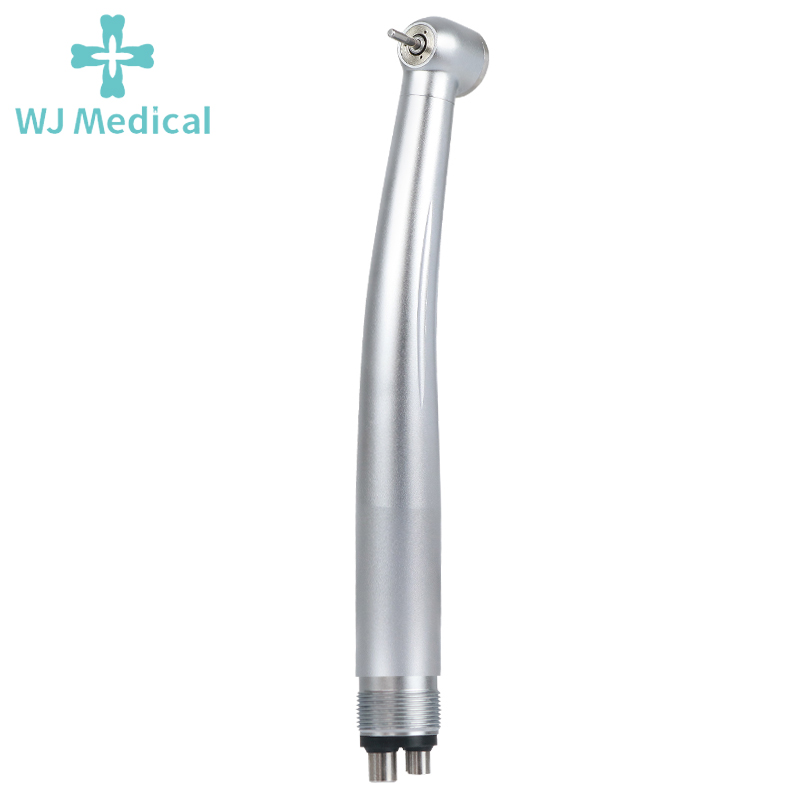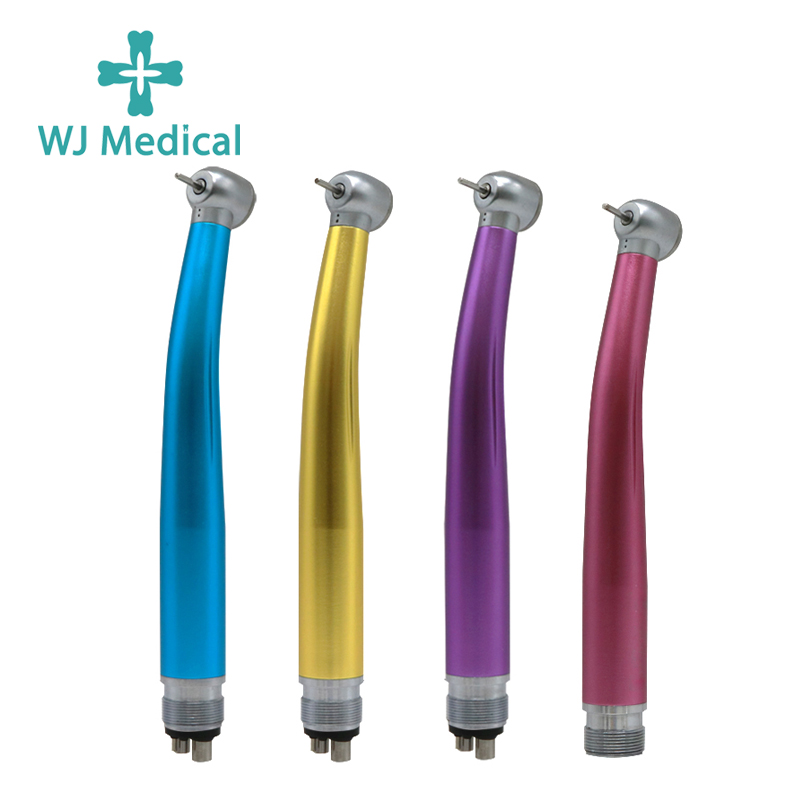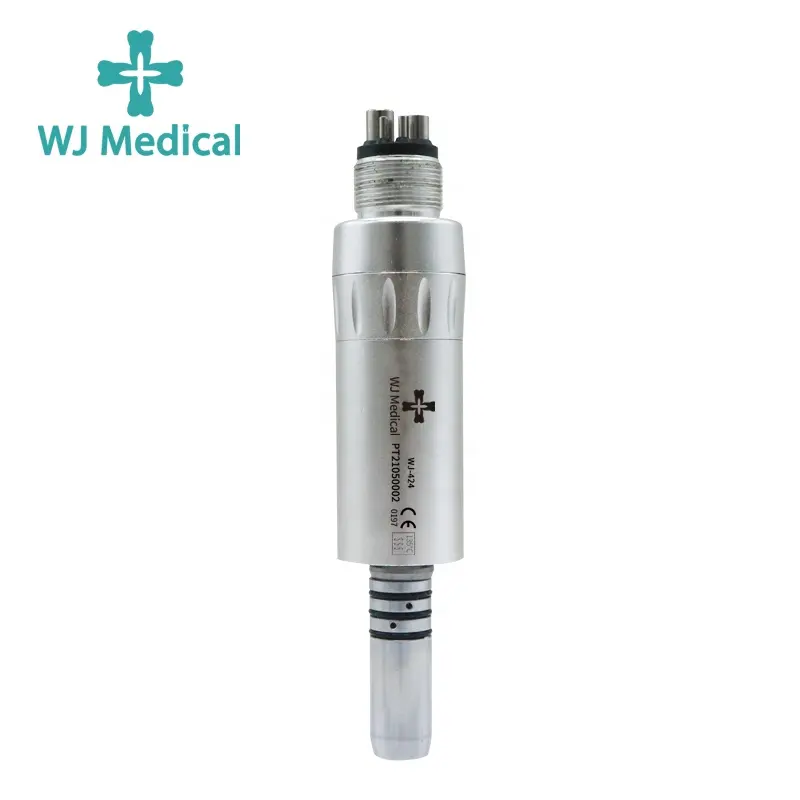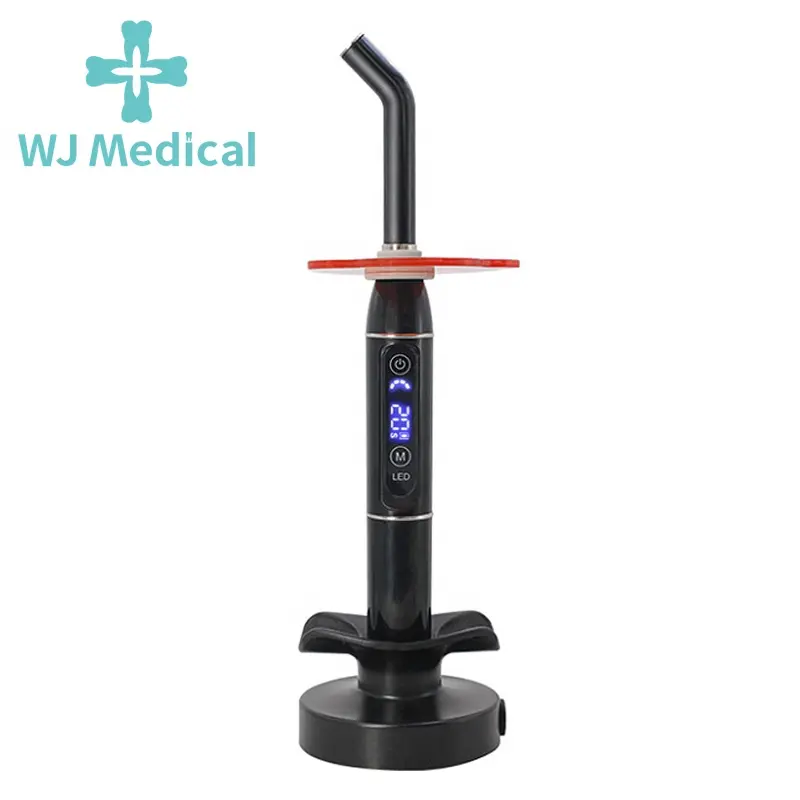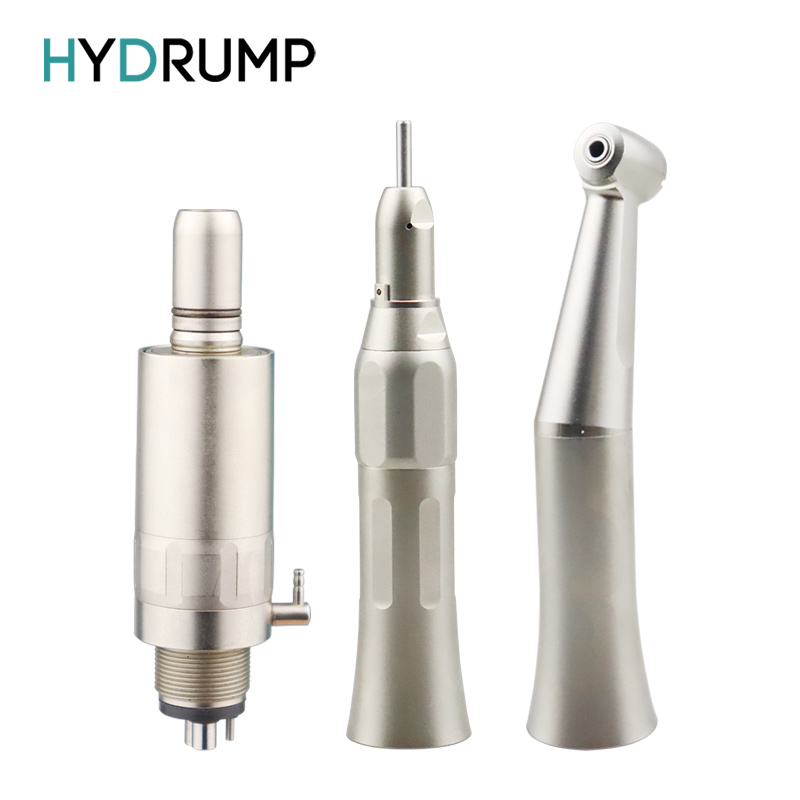How to Use Dental Resin?
Dental resins, particularly dental composite resins and solid resins, are common dental restoration materials primarily used to fill tooth defects or decayed areas. Here are the general steps for using dental resins:
I. Preparation
Cleaning Teeth: Use specialized instruments to remove food residue, soft plaque, and other debris from the tooth surface and pits and fissures, and rinse the tooth surface with running water to ensure oral hygiene.
Drying and Isolation: Apply a layer of moisture-isolating cotton on the tooth to ensure a dry oral environment and prevent saliva or other moisture from contaminating the resin material.
II. Etching Treatment
Etchant Application: After removing plaque and food residue, apply a liquid or gel containing phosphoric acid to the prepared cavity surface, with a thickness of approximately 0.5mm. Alternatively, use a bur dipped in a small amount of 37% hydrogen peroxide solution and gently polish the bottom of the cavity at a low speed to create tiny pores in the pits and fissures.
Waiting for Reaction: Allow the etchant to dry in air at a temperature of 37℃-42℃ for 10 seconds or soak for 5-10 minutes (depending on the type of etchant) to enhance the bonding ability between the dental resin and enamel.
III. Resin Filling and Curing
Resin Filling: Fill the resin material into the tooth defect and shape it as needed to match the surrounding tooth morphology.
Curing Process: Use an infrared light or air pressure method to quickly cure the resin. The curing process may produce a stimulating odor, but it usually has no adverse effects on the human body.
IV. Trimming and Polishing
Morphology Check: After the resin has completely cured, check its morphology to ensure it fits well. If any gaps are found, re-grind it to make its shape smooth and rounded, facilitating the removal of food debris.
Trimming and Grinding: Use polishing tools to trim and grind the dental composite resins, removing excess dental composite resins and uneven parts.
Polishing Treatment: Finally, polish with polishing abrasives, starting from coarse grit and moving to fine grit, to achieve a smooth restoration surface.
V. Subsequent Precautions
Oral Hygiene: After filling, maintain good oral hygiene, develop a habit of brushing teeth regularly, and rinse your mouth frequently after meals.
Regular Check-ups: For teeth filled with resin, it is recommended to undergo regular oral check-ups to promptly identify and address any issues.
Avoid Hard Objects: Try to avoid biting hard objects with teeth filled with resin to prevent damage to the resin material.
Additionally, since everyone's teeth condition differs, the specific treatment method will also vary. It is recommended to visit the hospital promptly for dental issues and allow the doctor to assess and provide appropriate treatment based on individual circumstances.
